Electric shuttles to start service in south Sacramento
Green Car Congress
JUNE 12, 2020
SacRT began piloting the service in February 2018 in partnership with the Franklin Neighborhood Development Corporation using compressed natural gas (CNG) vehicles. Electrify America fully subsidized the costs of the shuttles, the DC fast-charging infrastructure to support them, and the retrofit costs.

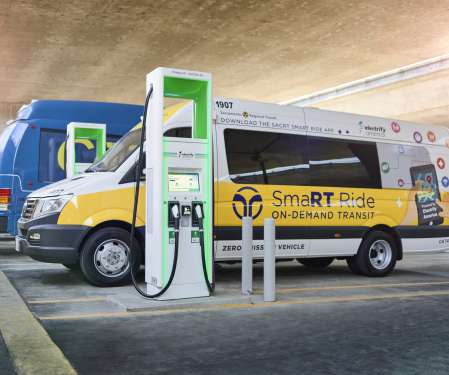
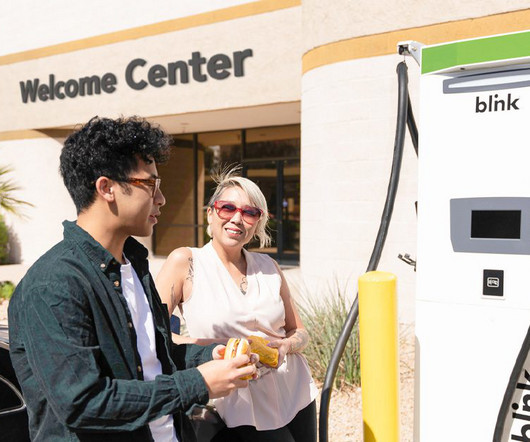
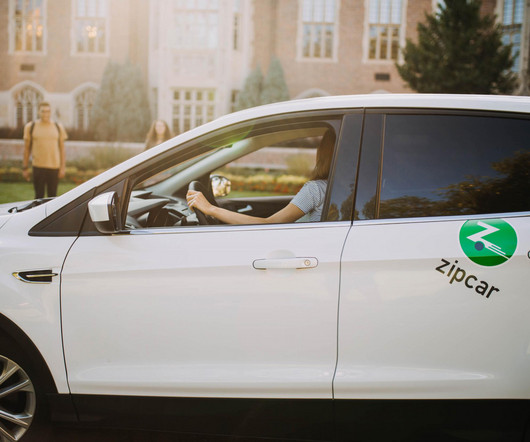
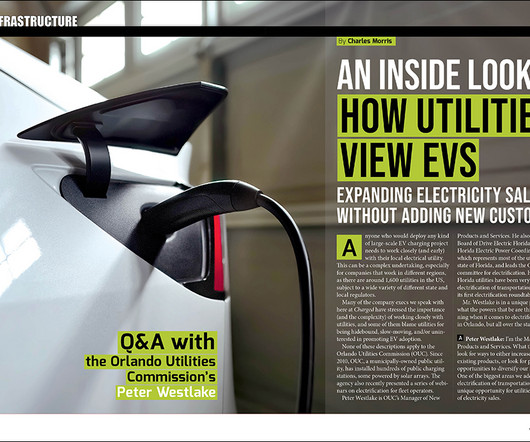
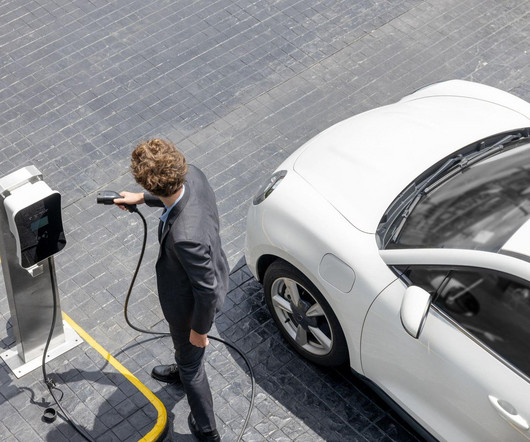
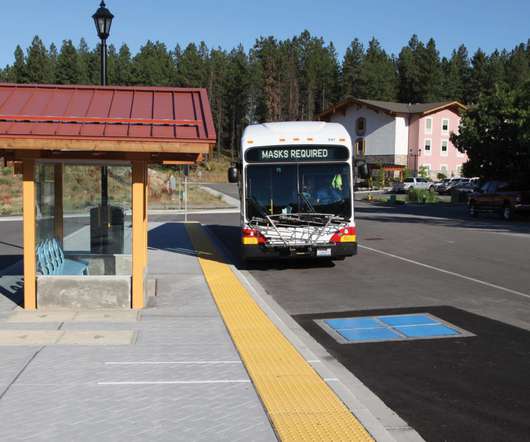






Let's personalize your content